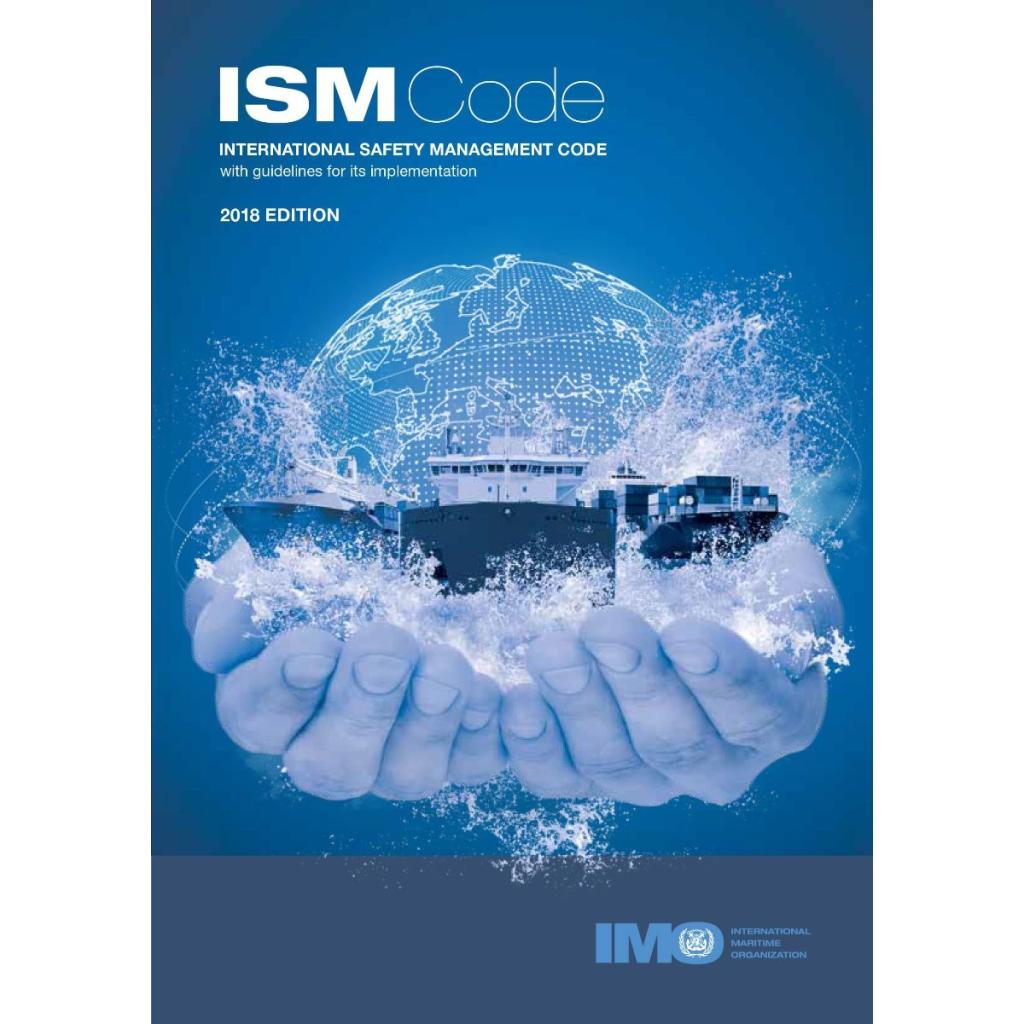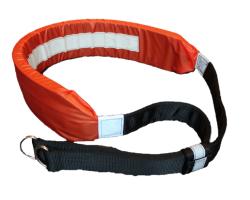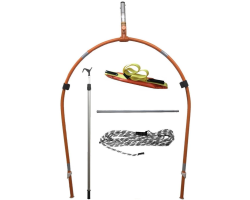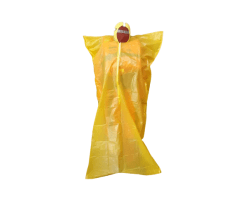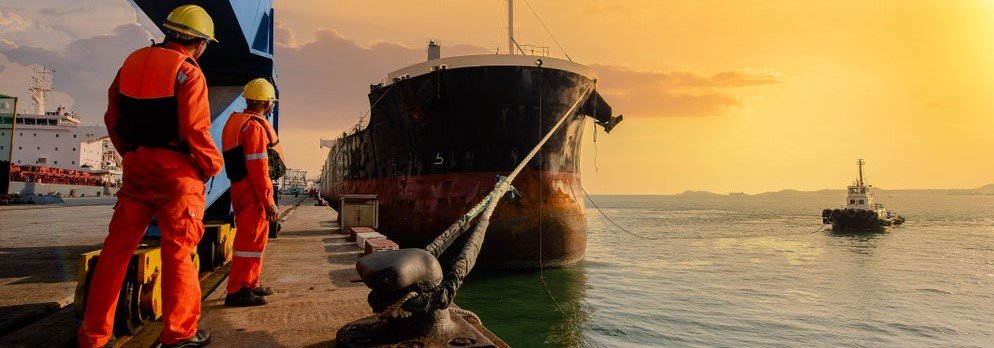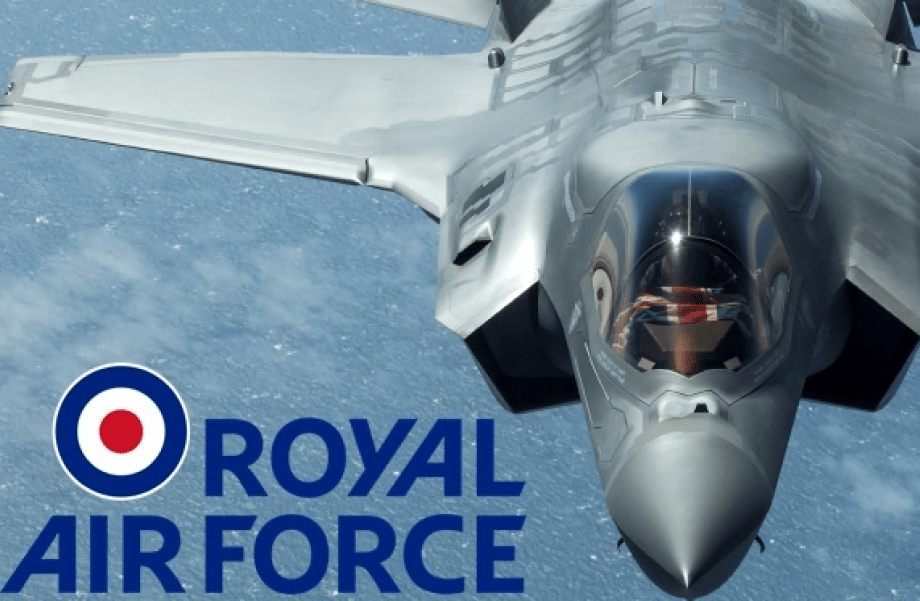ISM Code 2018 Edition
This ISM Code publication is an essential reference for maritime administrations, ship owners and operators, shipping companies, training providers and education institutes, shipbuilders, engine and equipment manufacturers and others with interest in ensuring safety at sea and prevention of damage to the environment.
ISM CODE - INTERNATIONAL SAFETY MANAGEMENT 2018 EDITION
This edition consolidates the amendments to the ISM Code from resolutions MSC.104(73), MSC.179(79), MSC.195(80), MSC.273 (85), which entered into force on 1 July 2002, on 1 July 2006, on 1 January 2009, and on 1 July 2010, respectively, and resolution MSC.353 (92), which enters into force on 1 January 2015.
It also includes:
- SOLAS chapter IX, as amended;
- Revised Guidelines on the implementation of the International Safety Management (ISM) Code by Administrations (resolution A.1071(28)), adopted in December 2013;
- Revised Guidelines for the operational implementation of the International Safety Management (ISM) Code by companies (MSC-MEPC.7/Circ.8);
- Guidance on the qualifications, training and experience necessary for undertaking the role of the designated person under the provisions of the International
- Safety Management Code
- Guidance on near-miss reporting (MSC-MEPC.7/Circ.6); and
- Guidance on near-miss reporting (MSC-MEPC.7/Circ.7)
Price: £30.00
Contact Us
Need any help? Get in touch with an expert via the contact form below.





 Worldwide shipping on all orders
Worldwide shipping on all orders Pro-Formas
Pro-Formas Trade Terms Available
Trade Terms Available


